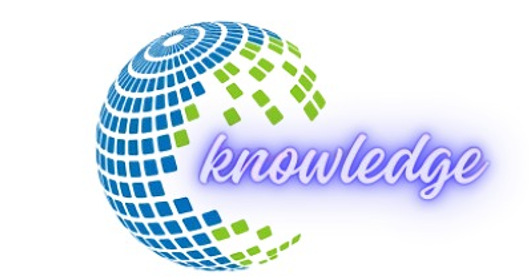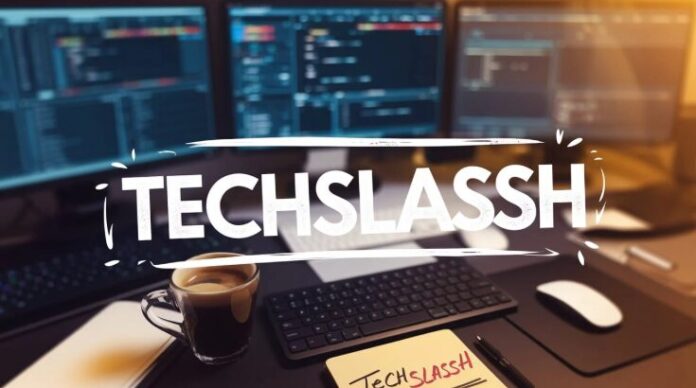In the fast-paced world of software development, efficiency is the holy grail. Teams are constantly battling scope creep, communication gaps, and the friction of switching between a dozen different tools. Enter Techslassh, a new, integrated platform promising to “slash” through complexity and streamline the entire development life cycle.
This article provides a comprehensive deep dive into TechSlash, exploring its core philosophy, key features, and its potential to redefine project management for tech teams.
What is Techslassh?
At its core, Techslassh is an all-in-one, AI-powered project management and collaboration platform built specifically for software engineers, product managers, and DevOps teams. It’s not just another task manager; it’s a unified environment that seeks to eliminate the “context-switching penalty” by integrating code, communication, and project tracking into a single, seamless experience.
The name itself is a play on words:
- “Tech”: Clearly identifying its target audience.
- “Slash”: Representing its mission to cut through inefficiency, redundancy, and tool bloat. It also cleverly references the forward-slash (
/) command, a universal symbol in command-line interfaces for executing commands, which is central to its user experience.
Core Philosophy: The Unified Workspace
The foundational idea behind TechSlash is that modern development teams are hamstrung by fragmented workflows. A typical team might use:
- Jira or Trello for task management
- Slack or Microsoft Teams for communication
- GitHub or GitLab for version control
- Confluence for documentation
- A separate CI/CD tool for deployments
Techslassh aims to bring these silos together. Its philosophy is that by reducing the number of windows and tabs a developer needs to open, you dramatically increase focus, accelerate delivery, and improve code quality.
Key Features in Detail
1. The Command Palette: “/” is Your Superpower
The most defining feature of TechSlash is its universal command palette. By simply typing /, users can access almost any function within the platform.
/create issue [title]: Instantly creates a new task./deploy branch [branch-name] to staging: Triggers a deployment without leaving the project view./update status [task-id] to "In Review": Changes a task’s status./call [teammate]: Initiates a video call.
This command-line-like interface is designed for speed and is highly customizable, allowing teams to create their own slash commands for repetitive actions.
2. Deep Code Integration
TechSlash doesn’t just link to your repository; it embeds it.
- Inline Code Previews: Hover over a commit hash or branch name mentioned in a task comment, and a preview of the changes pops up instantly.
- Pull Request Dashboard: Review, comment on, and merge pull requests directly within TechSlash. It syncs bi-directionally with GitHub, GitLab, and Bitbucket.
- Smart Code Suggestions: The built-in AI can analyze code snippets attached to tasks and suggest potential improvements or flag common vulnerabilities based on the context of the task.
3. AI-Powered Automation (“SlashAI”)
The platform’s integrated AI, dubbed “SlashAI,” is a core differentiator.
- Automated Sprint Reports: At the end of a sprint,
/generate sprint reportproduces a detailed summary of completed tasks, burndown charts, and team velocity, all with AI-generated insights. - Task Triage: SlashAI can automatically categorize incoming bug reports, suggest assignees based on past work, and estimate story points by analyzing the description and linked code files.
- Meeting Minute Generation: During a video call within TechSlash, the AI can generate a summary of decisions and action items, automatically creating tasks for the relevant team members.
4. Unified Communication Hub
TechSlash replaces the need for a separate messaging app.
- Thread-First Model: All discussions are tied directly to a specific project, epic, or task, ensuring context is never lost.
- “Reactive” Channels: Channels can be linked to code repositories. When a new pull request is created or a build fails, a notification is automatically posted in the relevant channel.
5. Integrated CI/CD Pipeline Viewer
Teams can monitor their entire deployment pipeline from within the platform. You can see build status, test results, and deployment logs without switching to Jenkins, GitLab CI, or CircleCI. This provides a single pane of glass for the entire DevOps lifecycle.
Potential Impact and Benefits
- Increased Developer Productivity: By drastically reducing context-switching, developers can stay in a state of “flow” for longer periods.
- Improved Transparency: Product managers and non-technical stakeholders get a clearer, more unified view of progress without needing to cross-reference multiple tools.
- Faster Onboarding: New team members have one primary platform to learn, not six.
- Data-Driven Decisions: With all project data in one place, SlashAI can provide powerful analytics and predictive insights about project health and potential bottlenecks.
Challenges and Considerations
No platform is perfect, and TechSlash faces some hurdles:
- Vendor Lock-in: Adopting an all-in-one platform creates a deep dependency. Migrating away from it would be complex.
- The “Bloat” Paradox: There’s a risk that in trying to be everything for everyone, the platform could become as complex as the problem it’s trying to solve.
- Integration Gaps: While it aims to be all-encompassing, there will always be niche or legacy tools that it cannot fully replace, potentially forcing teams to maintain some level of fragmentation.
Conclusion: Is TechSlash the Future?
Techslassh represents a bold vision for the future of software development: a unified, intelligent, and command-driven workspace. It directly addresses one of the most significant pain points for modern tech teams—tool fragmentation.
While it may not be the perfect fit for every organisation, especially those heavily invested in and satisfied with their current tool chain, it is a compelling contender. For startups and teams looking to build a streamlined culture from the ground up, TechSlash offers a powerful and innovative foundation. It’s more than just a tool; it’s a statement that in the world of technology, simplicity and integration are the ultimate sophisticated.
Its success will ultimately depend on its execution—the smoothness of its integrations, the intelligence of its AI, and its ability to stay nimble. But one thing is clear: the industry is taking notice, and the concept of the “all-in-one dev platform” is now firmly on the map.



